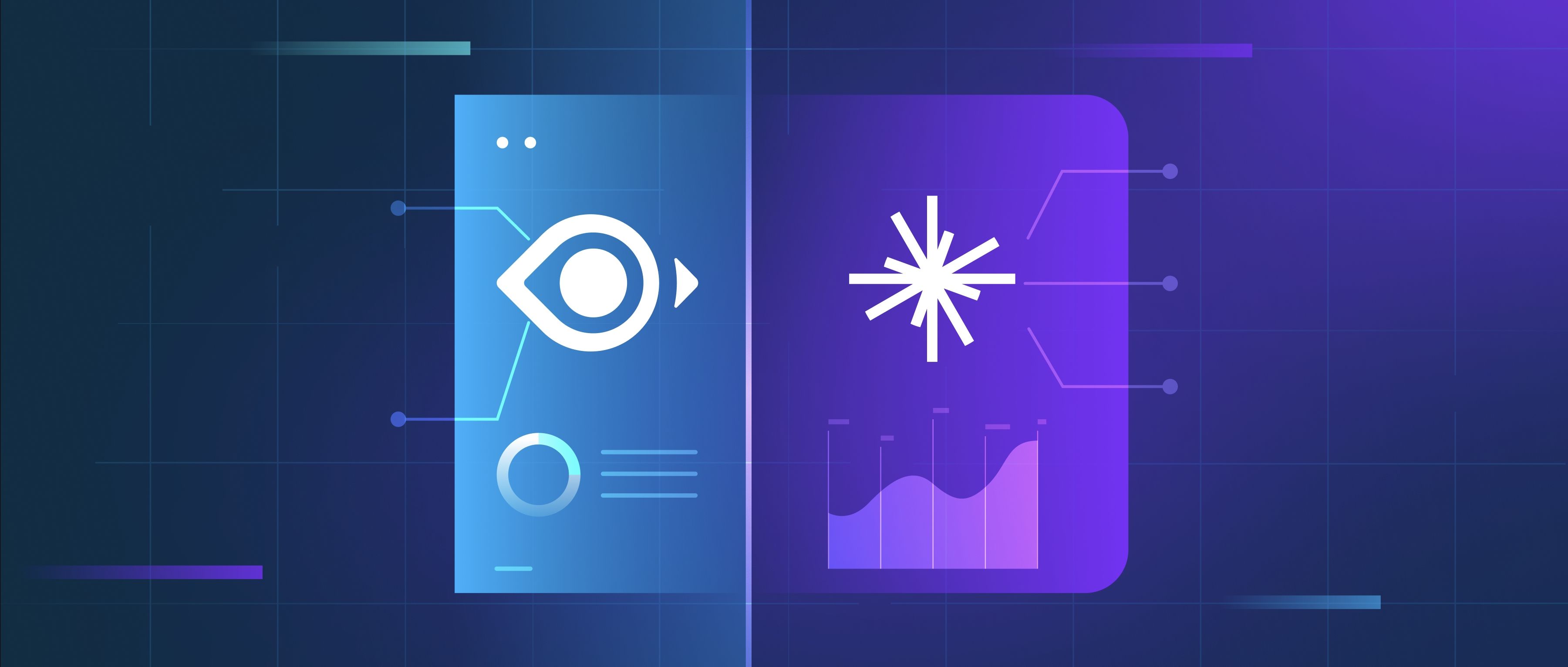OpenAI models, such as GPT (Generative Pre-trained Transformer), differ from models like BERT (Bidirectional Encoder Representations from Transformers) and T5 (Text-to-Text Transfer Transformer) primarily in their design and intended applications. OpenAI’s models are geared towards generating coherent text based on prompts, making them suitable for chatbots, content generation, and creative writing. In contrast, BERT is designed for understanding text, excelling at tasks like question answering and sentiment analysis through its bidirectional context understanding. T5 adopts a unified approach, treating various NLP tasks as text-to-text transformations, which allows it to perform multiple functions from translation to summarization.
One notable difference lies in how these models handle input. OpenAI models like GPT are unidirectional, predicting the next word based only on the preceding context. This makes them efficient for generation tasks but less effective for involving complex dependencies within the text. On the other hand, BERT's bidirectional approach offers a more complete understanding of the context in both directions. This enhances its performance on tasks that require nuanced understanding of language. T5, using a similar architecture, processes the entire input text completely, allowing it to be highly versatile across different tasks.
In practical applications, the choice of model often depends on the specific requirements of a project. For example, if you need to build a chatbot that initiates conversation fluently, an OpenAI model would be more appropriate. Conversely, if you are working on a project that requires sentiment classification, BERT would be preferable due to its nuanced context handling. Meanwhile, T5 can be a great option for tasks that require both generation and understanding, such as summarization or translation, due to its flexible text-to-text framework. Ultimately, selecting the right model involves considering the nature of the task, the requirements of the output, and the computational resources available.
